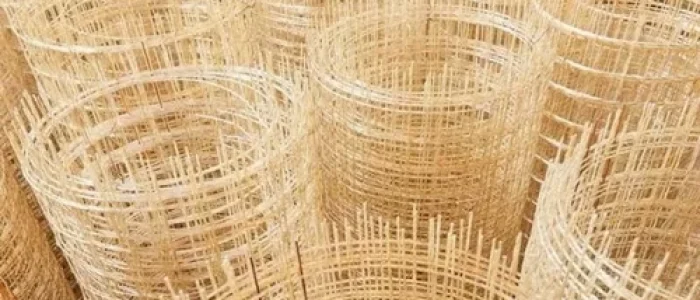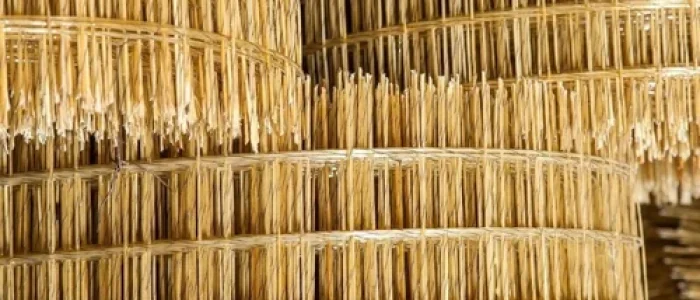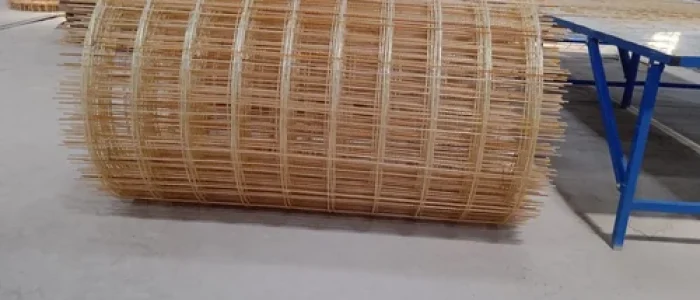Introducing GFRP Mesh, United States
In modern construction, GFRP mesh (Glass Fiber Reinforced Polymer mesh) represents an innovative and versatile solution. Its combination of corrosion resistance, lightweight design, and robust strength not only improves concrete quality but also streamlines construction processes, reduces maintenance costs, and extends the lifespan of buildings. Choosing FRP mesh is a commitment to quality, innovation, and an investment in the safety of future objects in USA.

Reinforcement of concrete structures and mixed reinforced concrete structures

Structures located in coastal areas, airports, hospitals, military bases and more

Special purpose objects (power plants)

Weight sensitive structures

Road industry (construction of bridges, roads, tunnels)

Construction of agricultural structures

Heat/cold sensitive environments (basements, patio decks)

Civil projects (commercial & residential buildings, high rises)

Benefits of GFRP Mesh
- Corrosion Resistance. FRP mesh does not rust or corrode, even under the most aggressive environmental conditions. Unlike traditional steel mesh, it maintains its integrity and performance over time, significantly extending the lifespan of concrete structures and reducing maintenance costs.
- Highly Chemical Resistant. Highly resistant to salt ions, acids, alkalis, and various chemicals, GFRP mesh is ideal for use in coastal, marine, and industrial environments.
- Lightweight. FRP mesh is up to nine times lighter than steel mesh of equivalent strength. This lightweight property simplifies transportation, and installation, helping to reduce labor and logistical costs.
- Strength. Fiberglass mesh provides exceptional tensile strength—up to three times that of steel. Its strong bond with concrete enhances structural integrity and minimizes cracking, ensuring long-term stability and superior performance of reinforced concrete elements.
GFRP Rebar Mesh vs. Steel
| Characteristics | GFRP mesh | Steel mesh |
|---|---|---|
| Diameter of the rod (wire), mm | 2.5 | 4.0 |
| Breaking strength, MPa | 1300 | 570 |
| Breaking tension of the rod, kgf | 600 | 720 |
| Coefficient of elongation, % | 2.50 | 2.50 |
| Coefficient of heat conductivity, W/(m*°C) | 0.46 | 56.00 |
| Electric conductivity | Non-conductive | Conductive |
| Thermal conductivity | Low | High |
| Corrosion resistance | High (unaffected by water) | Low (without expensive galvanisation treatment bars of steel are subject to oxidation) |
| Heavy load resistance | No permanent deformation | Can be permanently deformed |
| Magnetic characteristics | Does not magnetize | Susceptible to |
| Costs | Lower manufacturing costs, maintenance costs, and transportation expenses (related to lightweight) | Lower material costs but higher overall costs of production, transportation, installation, and technical maintenance |
| Grid Cell | Production Diameter | Weight, kg/SQMT |
|---|---|---|
| 50 X 50 | Ø 4 | 0.78 |
| 100 X 100 | Ø 4-6 | 0,41-1,11 |
| 150 X 150 | Ø 4-6 | 0,28-0,7 |
| 200 X 200 | Ø 4-6 | 0,2-0,54 |
Advantages of using GFRP mesh in U.S.
- Reduction of rebar scrap
- Easily cut and machined
- Easy and Rapid Installation time
- Lower transportation & storage costs
- Reduced whole-life project costs
GFRP mesh represents an evolution of steel mesh rebar and makes the GFRP composite technology applicable in construction in practically every of its construction. Composite reinforcement mesh is sustainable and shows prevailing results. The use of fiberglass mesh in various construction projects in USA not only enhances structural integrity but also opens new possibilities for innovative design and more efficient construction practices.
Learn more:
- Composite-Tech’s GFRP Production Equipment in USA
- GFRP mesh production line in USA




